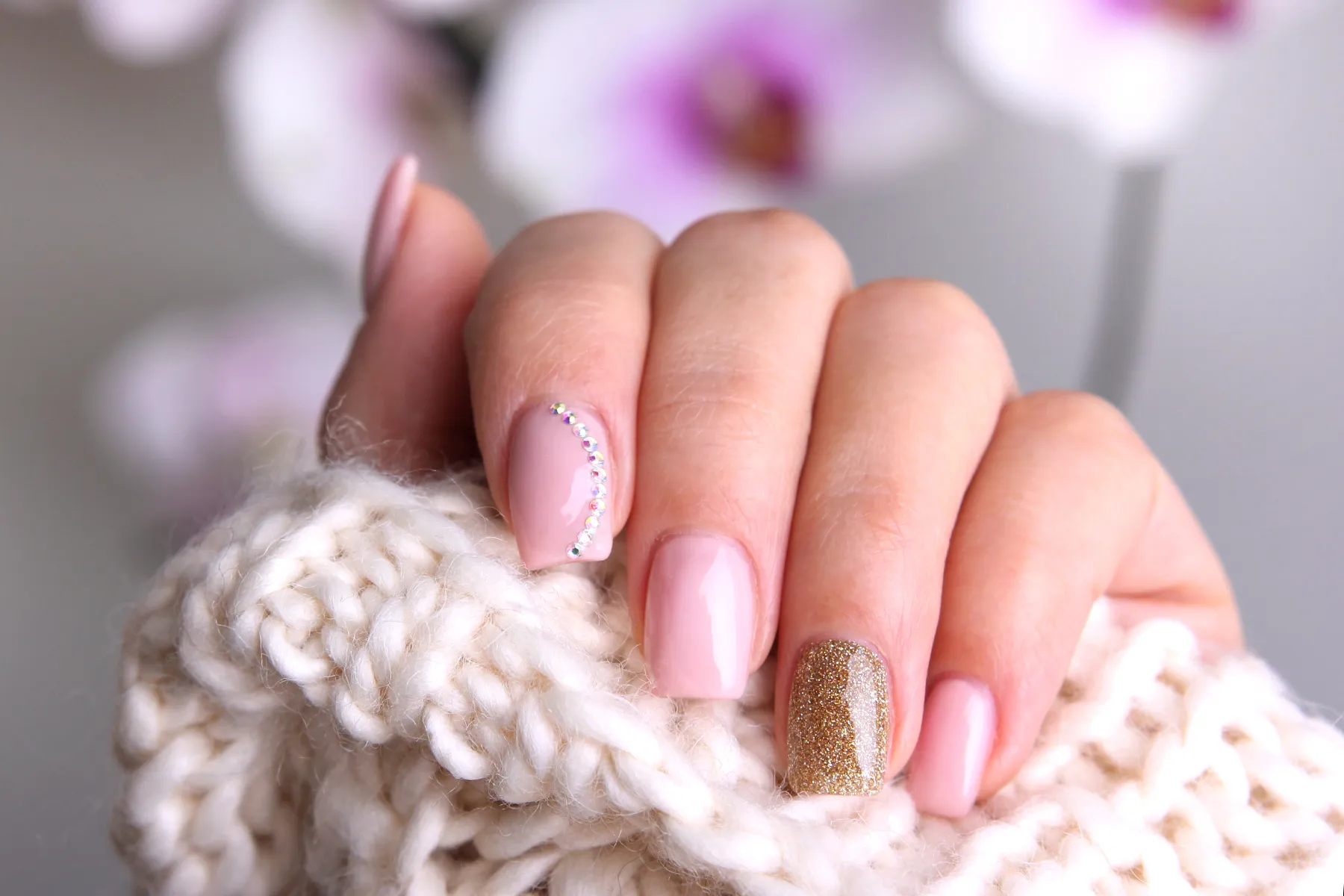Severe Allergic Reaction To Acrylic Nails

The most common allergy-causing agents found in nail products are formaldehyde and to a lesser extent methyl methacrylate MMA.
Severe allergic reaction to acrylic nails. As well as a severe red itchy rash on any of those places people may also experience loosening of their nails. Toxicity of dental materials could be responsible for allergies to. A contact allergy to acrylic artificial nails was first described by Canizares in 1956.
Other dental materials such as crowns fillings and denture frameworks may cause these types of reactions. Two adhesives used in making acrylic nails are methacrylate may cause contact dermatitis while ethyl 2-cyanoacrylate will trigger. The industry is responding very appropriately to many of the complaints that have been rightfully leveled.
Breathing problems can also occur however this is very rare according to BAD. Bacterial or fungal. The lifted nail plate will grow forward as new cells replace the old.
None of the paronychial reactions became pustular or required incisions. You may see redness pus or swelling around your fingernails. Other reported causes of dermatitis to nail enamels include allergy to the solvent butyl acetate and discolouration of the nail surface especially around the cuticle area caused by colourants.
Acrylic nails including sculptured nails and the new ultraviolet-curable gel polish lacquers have been associated with allergic contact dermatitis ACD. The itch is caused by acrylic chemicals that come in contact with the cuticles or skin that is sensitive to them. We have recently seen an increase in the number of cases of allergic contact dermatitis ACD to acrylic chemicals used in nail cosmetics.
Note the dry red peeling skin around the cuticle and sidewall lines. Readers may remember Teresa was on the lookout for formaldehyde free gel nail polish following an allergic reaction to the gel. We report 2 cases of ACD to acrylic nails with severe onychodystrophy and psoriasiform changes including onycholysis and subungual hyperkeratosis.









